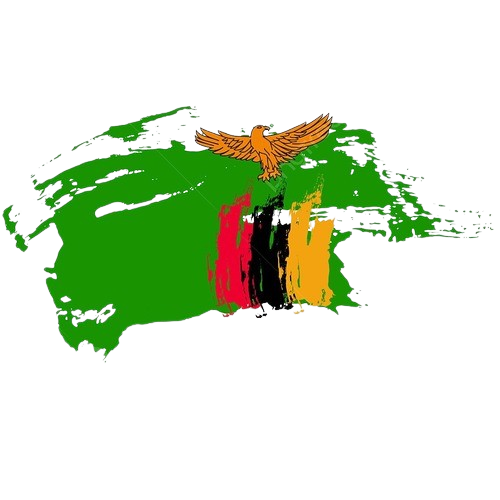Matplotlib.artist.Artist.pickable() in Python

Matplotlib is a library in Python and it is numerical – mathematical extension for NumPy library. The Artist class contains Abstract base class for objects that render into a FigureCanvas. All visible elements in a figure are subclasses of Artist.
matplotlib.artist.Artist.pickable() method
The pickable() method in artist module of matplotlib library is used to return whether the artist is pickable or not.
Syntax: Artist.pickable(self)
Parameters: This method does not accept any parameters.
Returns: This method return whether the artist is pickable.
Below examples illustrate the matplotlib.artist.Artist.pickable() function in matplotlib:
Example 1:
# Implementation of matplotlib function from matplotlib.artist import Artist import numpy as np np.random.seed(19680801) import matplotlib.pyplot as plt volume = np.random.rayleigh(27, size = 40) amount = np.random.poisson(10, size = 40) ranking = np.random.normal(size = 40) price = np.random.uniform(1, 10, size = 40) fig, ax = plt.subplots() scatter = ax.scatter(volume * 2, amount * 3, c = ranking * 3, s = 0.3*(price * 3)**2, vmin = -4, vmax = 4, cmap = "Spectral") legend1 = ax.legend(*scatter.legend_elements(num = 5), loc ="upper left", title ="Ranking") ax.add_artist(legend1) ax.text(60, 30, "Value return : " + str(Artist.pickable(ax)), fontweight ="bold", fontsize = 18) fig.suptitle('matplotlib.artist.Artist.pickable() function\ Example', fontweight ="bold") plt.show() |
Output:
Example 2:
# Implementation of matplotlib function from matplotlib.artist import Artist import numpy as np import matplotlib.pyplot as plt import matplotlib.cbook as cbook np.random.seed(10**7) data = np.random.lognormal(size =(10, 4), mean = 4.5, sigma = 4.75) labels = ['G1', 'G2', 'G3', 'G4'] result = cbook.boxplot_stats(data, labels = labels, bootstrap = 1000) for n in range(len(result)): result[n]['med'] = np.median(data) result[n]['mean'] *= 0.1 fig, axes1 = plt.subplots() axes1.bxp(result) axes1.text(2, 30000, "Value return : " + str(Artist.pickable(axes1)), fontweight ="bold") fig.suptitle('matplotlib.artist.Artist.pickable()\ function Example', fontweight ="bold") plt.show() |
Output:






